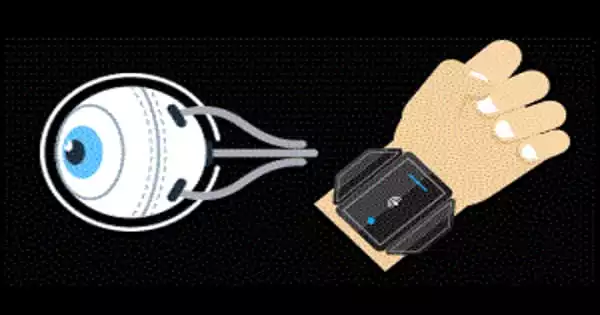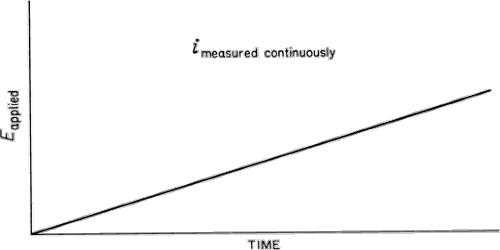Since the field’s start in the 1960s, biomembrane-based bioelectronic research has grown at an exponential rate. The discipline is being propelled forward by the concurrent development of more representative membrane systems coupled with compatible substrates. Conducting polymers emerge as a promising class of materials that have the potential to considerably expedite the development of bioelectronic sensors for biomedical applications.
UCLA researchers created a novel ultrathin film design for extremely flexible yet mechanically strong bioelectronic membranes, which might pave the way for diagnostic on-skin sensors that fit exactly over the body’s contours and conform to its movements.
Science recently published a paper describing the research co-led by Xiangfeng Duan, professor of chemistry and biochemistry; and Yu Huang, professor, and chair of the Materials Science and Engineering Department at the UCLA Samueli School of Engineering.
The membrane is elastic and responsive to dynamically changing biological substrates, thanks to van der Waals forces, intermolecular interactions that can only occur at extremely short distances between atoms or molecules. It is also breathable and permeable to water and air. The creation of long-lasting electronic materials could pave the way for the development of noninvasive electronics for medical, health care, biology, agriculture, and horticulture. The material was termed van der Waals thin film, or VDWTF, by the researchers, and it could serve as a basic platform for living creatures to develop electronic capabilities.
Our proof-of-concept experiments with the van der Waals thin-film really only hint to the countless possibilities for this novel material. The membrane could serve as a direct link for human-machine interactions, advanced robotics, and artificial intelligence-enabled devices. This could pave the door for cyborg-like biological beings with electronic improvements, known as synthetic electronic-cellular hybrids.
Professor Xiangfeng Duan
“The membrane is conceptually similar to a much thinner version of kitchen cling film, with superb semiconducting electronic performance and unique stretchability that naturally adapts to soft biological tissues with extremely conformal surfaces,” Duan explained. “It has the potential to enable a wide range of powerful sensing and signaling applications. Wearable health-monitoring systems made of this material, for example, may track electrophysiological signals at the organism level or down to the level of individual cells with pinpoint accuracy.”
The researchers utilized the thin films to produce numerous demonstrations, including a transistor that rested on top of a succulent plant’s leaf, whose abundant electrolytes were used to create the electrical circuit. They also developed a human skin transistor that utilized electrolytes found in skin cells to complete the circuit. In addition, the researchers created an electrocardiogram that detects blinking during meditation by using small circles of film placed on a person’s right and left forearms.
“Our proof-of-concept experiments with the van der Waals thin-film really only hint to the countless possibilities for this novel material,” Huang explained. “The membrane could serve as a direct link for human-machine interactions, advanced robotics, and artificial intelligence-enabled devices. This could pave the door for cyborg-like biological beings with electronic improvements, known as synthetic electronic-cellular hybrids.”

The ultrathin, 10-nanometer-thick electrical membranes are comprised of many layers of atomically thin sheets of molybdenum disulfide, an inorganic substance. Each sheet is only two to three nanometers thick, which is 10,000 times smaller than the diameter of a human hair.
The unique layered patchwork construction of the membrane is the key to preserving structural integrity while keeping it thin. The layers are not a single continuous sheet, but rather a collection of tiny fragments.
Rather than being held together by stiff covalent connections, the layers are held together by nonbonding van der Waals forces. This permits the sheets to glide and spin independently of one another, resulting in exceptional pliability while retaining electronic functioning.
The membranes can also stretch and flex over uneven geometries thanks to the design. The thin films may cling to soft biological tissues with a close fit over their micrometer-scale topologies, seamlessly integrating with and actively adapting to dynamically changing biological substrates like skin without ripping or interfering with membrane functionality.
The layered patchwork forms a percolating network of nanochannels that are large enough for air and water molecules to pass through, giving the material permeability and breathability.
The van der Waals film, with its rare combination of high electrical performance and malleability, overcomes many of the issues faced by alternative contenders for bioelectronic thin films, such as inorganic membranes or organic thin films. These options have been hampered by their thickness, lack of stretchability, incompatibility with uneven biological surface geometries, or poor performance in moist biological environments.
















